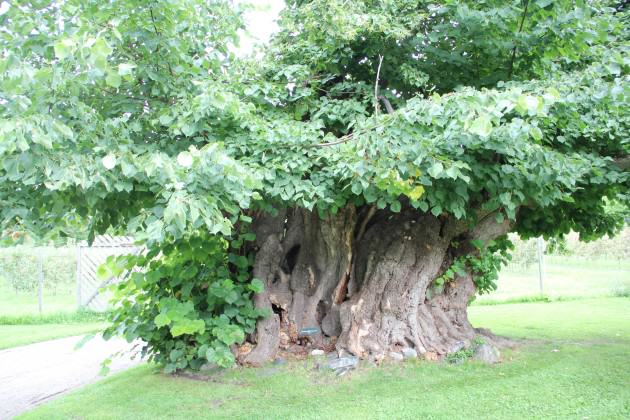Now here is a conference that all landscape architects and garden historians should attend.
For years I have been asking myself "why is garden history so ignored and unrecognized as an academic discipline?" For no good reason I can see. Garden history is at least as relevant as any other branch of history. Garden art should be as valued as any other art form. But we garden historians are always the 'poor cousins' and its about time this changed.
Garden history should be recognised as a valued as an academic discipline that takes its seat at the table, rather than be practiced under the auspices of departments such as art history, landscape architecture, horticulture or geography.
I hope this Conference will be a step in the right direction. It is targeted at engaging the professional landscape architect (and interested parties), for as the press release points out:
'All professions are proudly self-aware of their origins and intellectual history. All professions, that is, except landscape architecture:
- Some practitioners question the relevance of their profession’s history and even pride themselves on their ignorance.
- The context of their profession is often inadequately explained to landscape architecture students, who consider this as stultifying creativity.
- Landscape architects naively wish their talent to be recognized rather than regard it as a vocation with high principles.
- Landscape architecture, unlike some other design professions, such as architecture and art, has a paucity of historians from within its own ranks.
So why is the official profession so resistant to acknowledging its own history?'
Good question! The intention of the conference is to examine ways in which the profession might be more engaged with its historiography, with examples, both from outside and within the discipline of landscape architecture, looking at a range of different methodologies and how they have been, or might be, applied. The organizers would like to explore key principles and ideas, which might help strengthen historiography of landscape architecture and raise its profile in relation to other related topics such as that of art and architecture.























